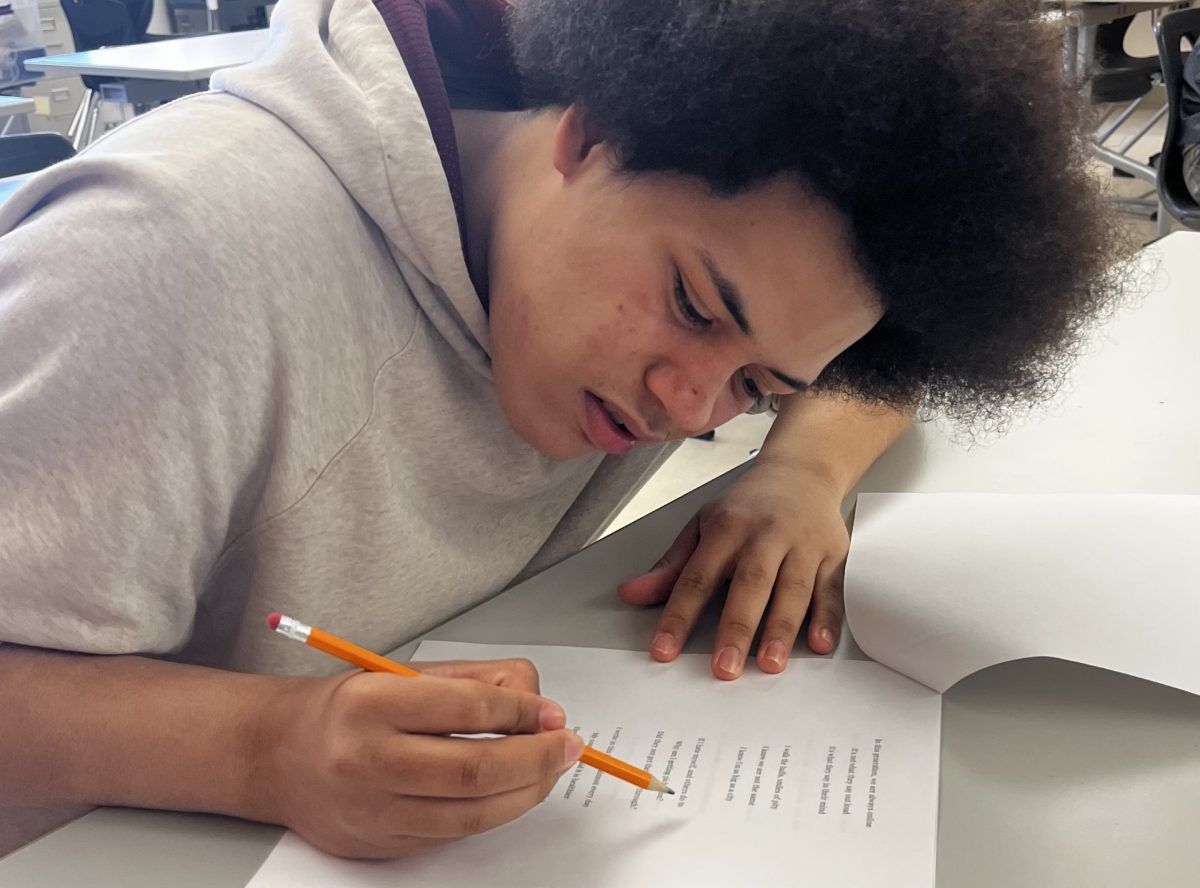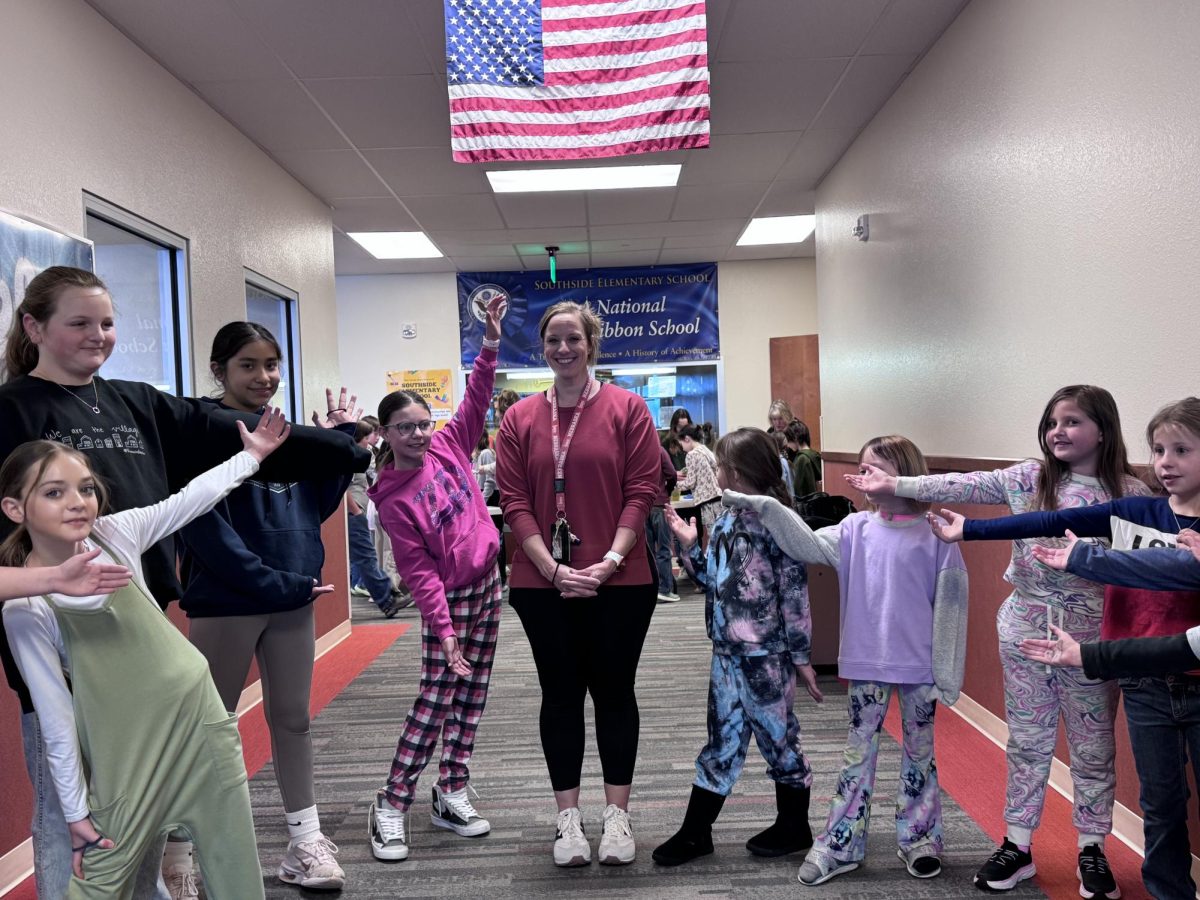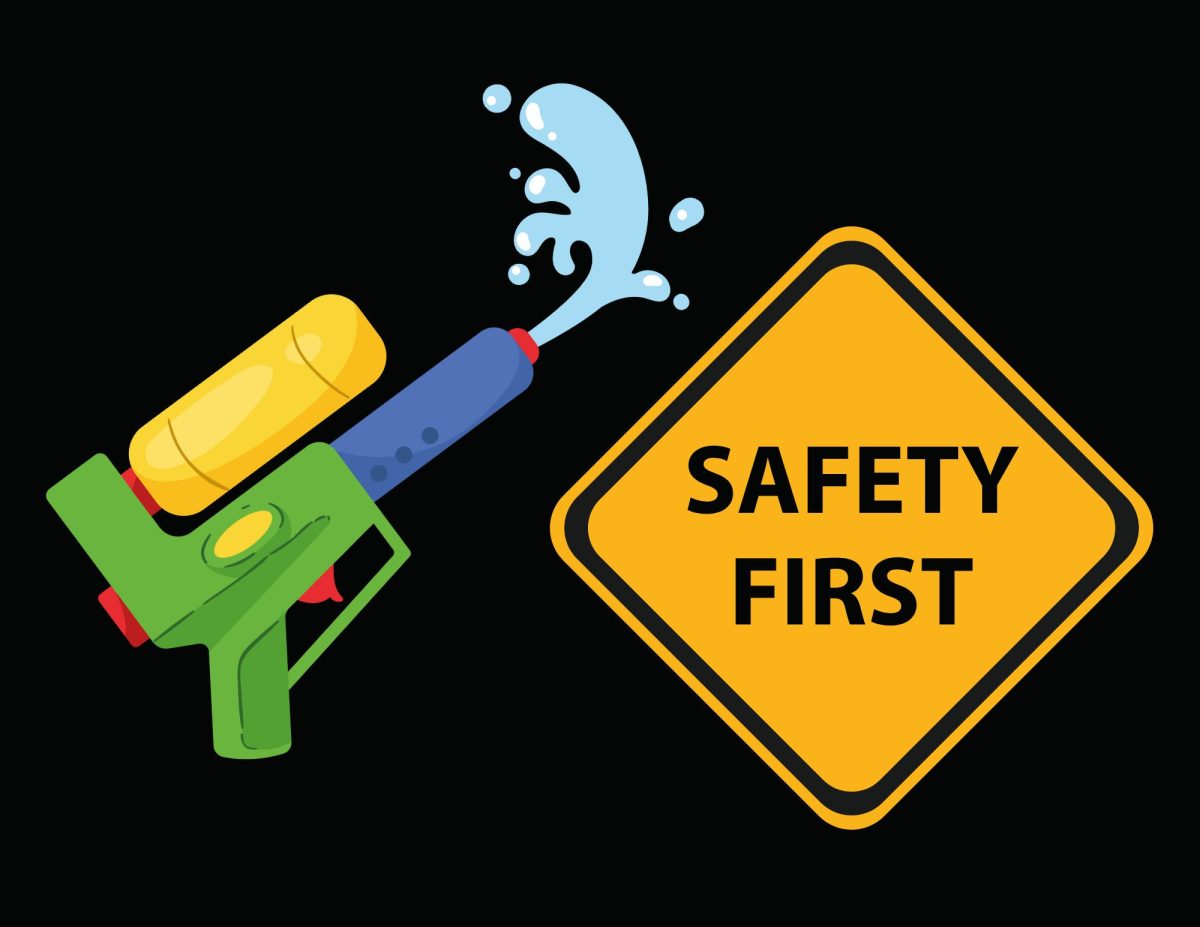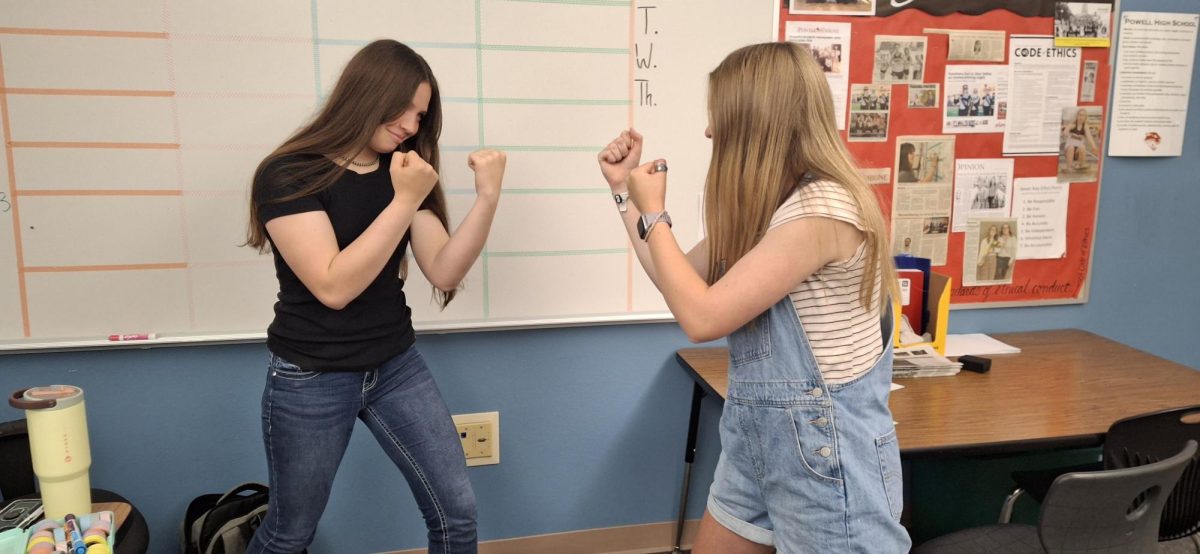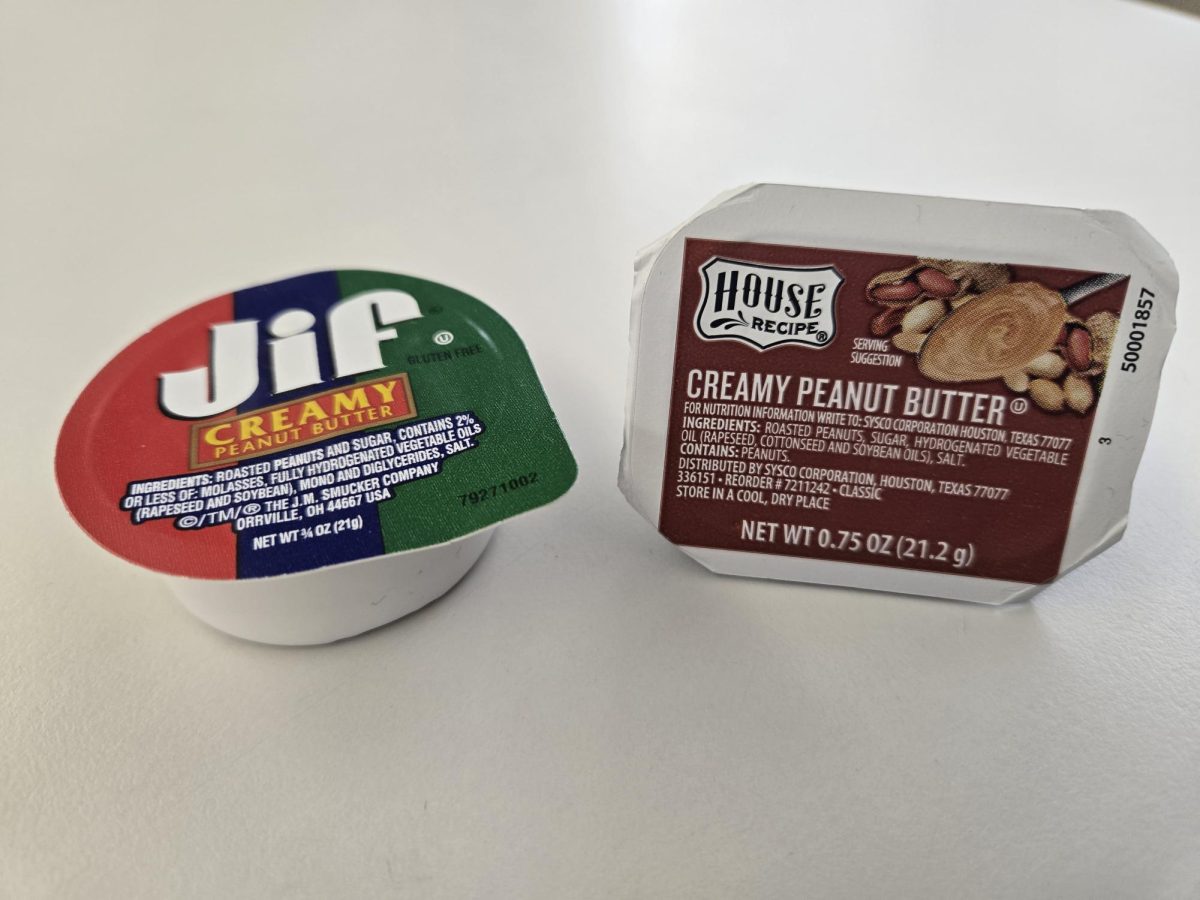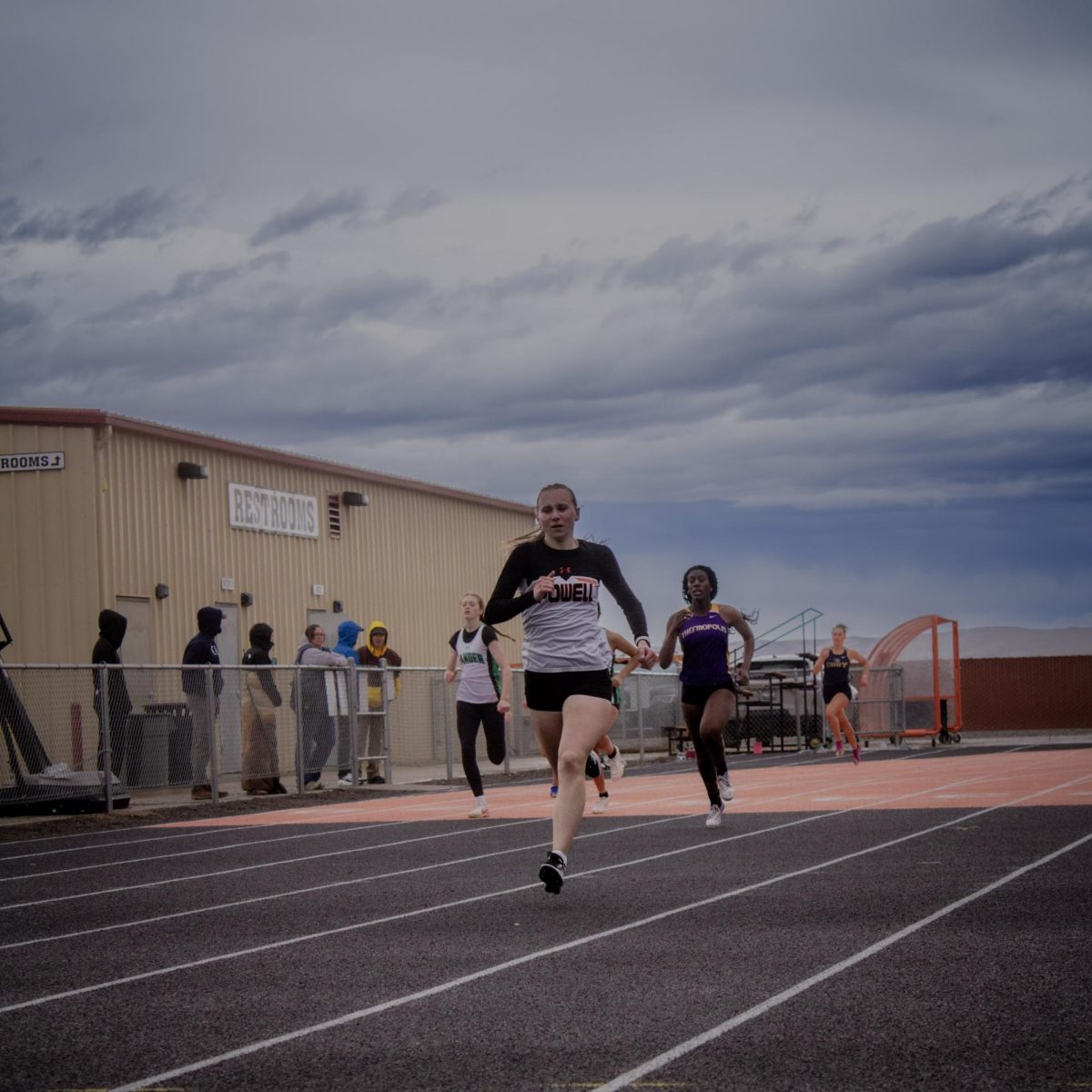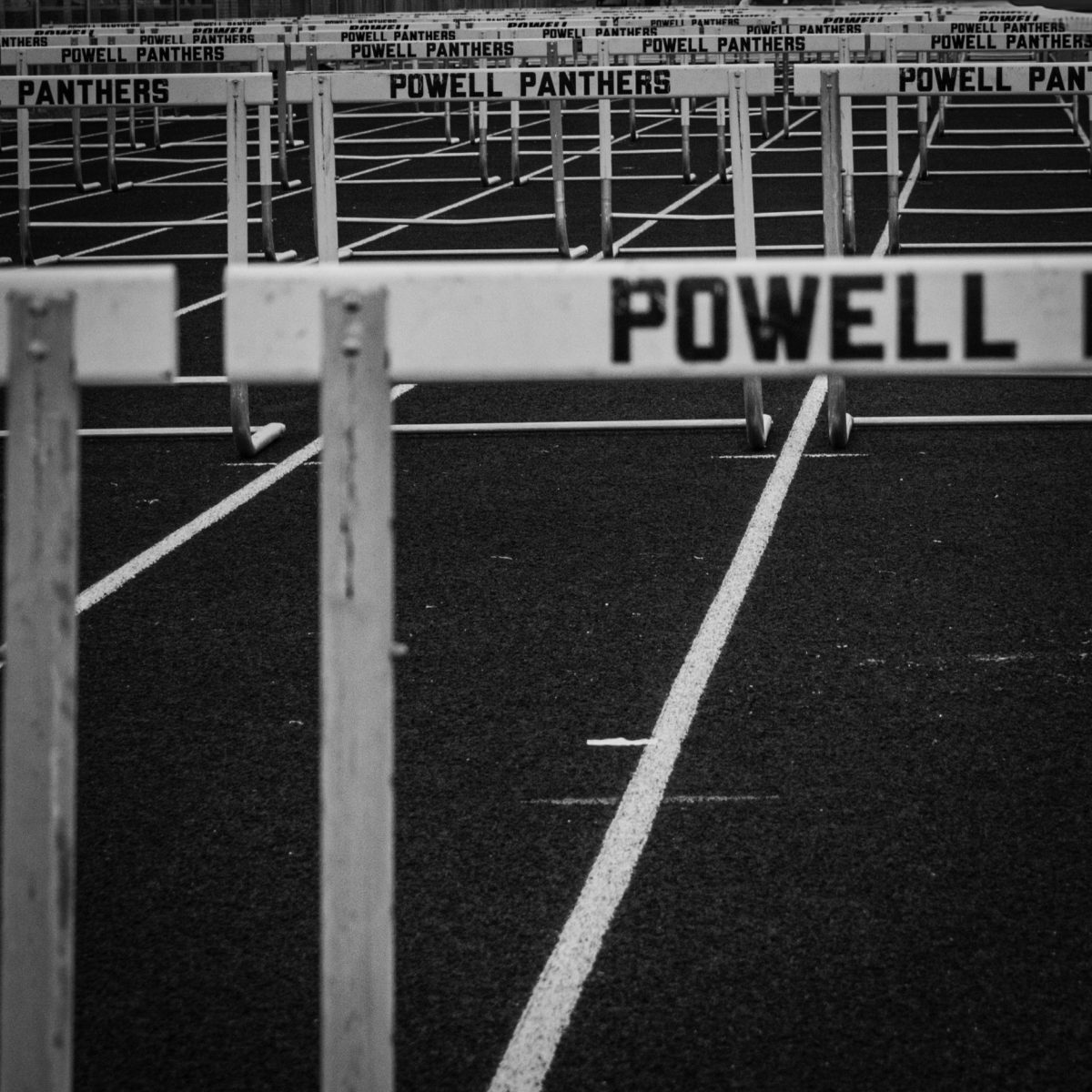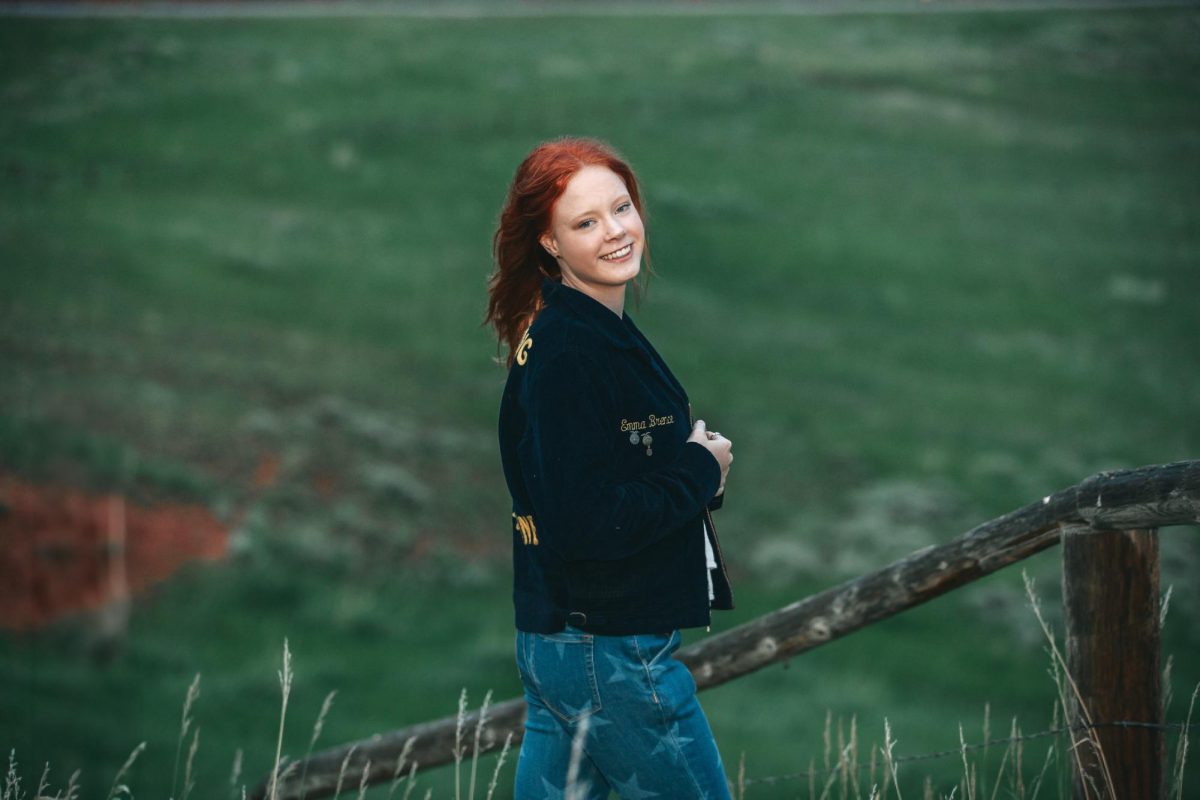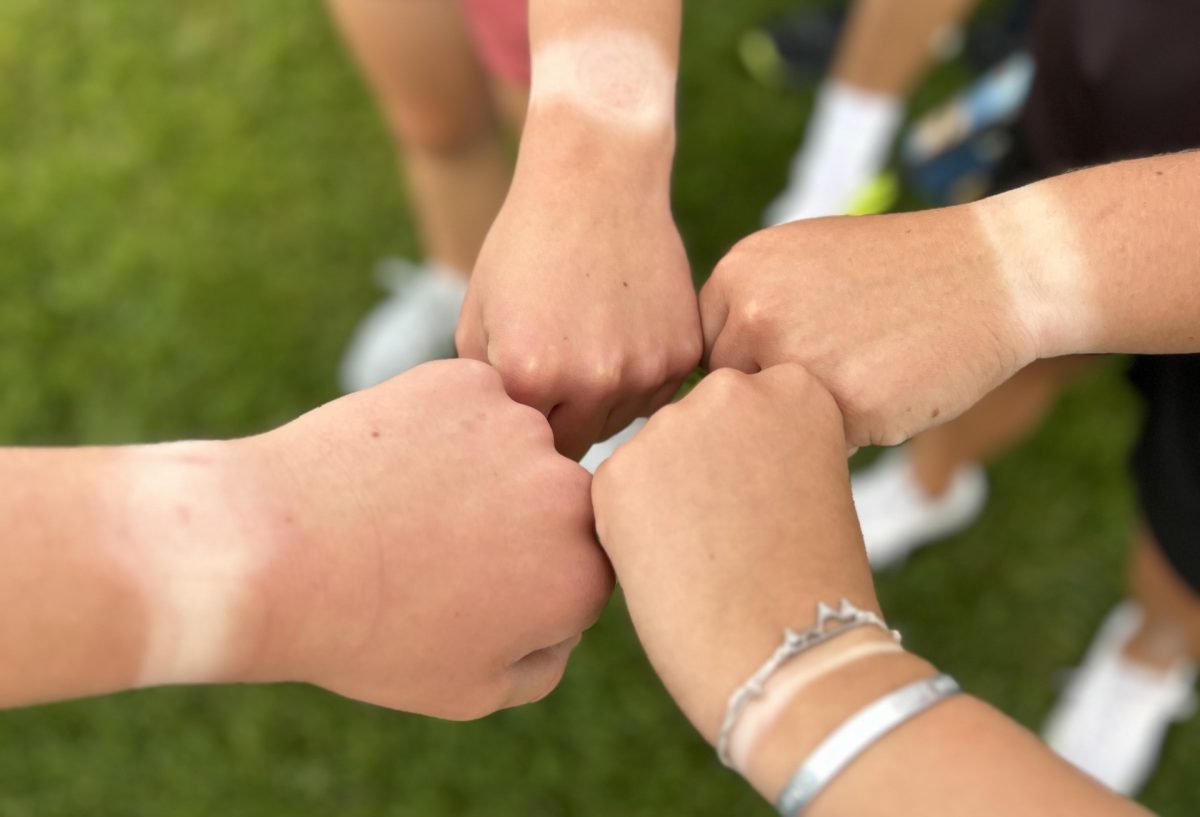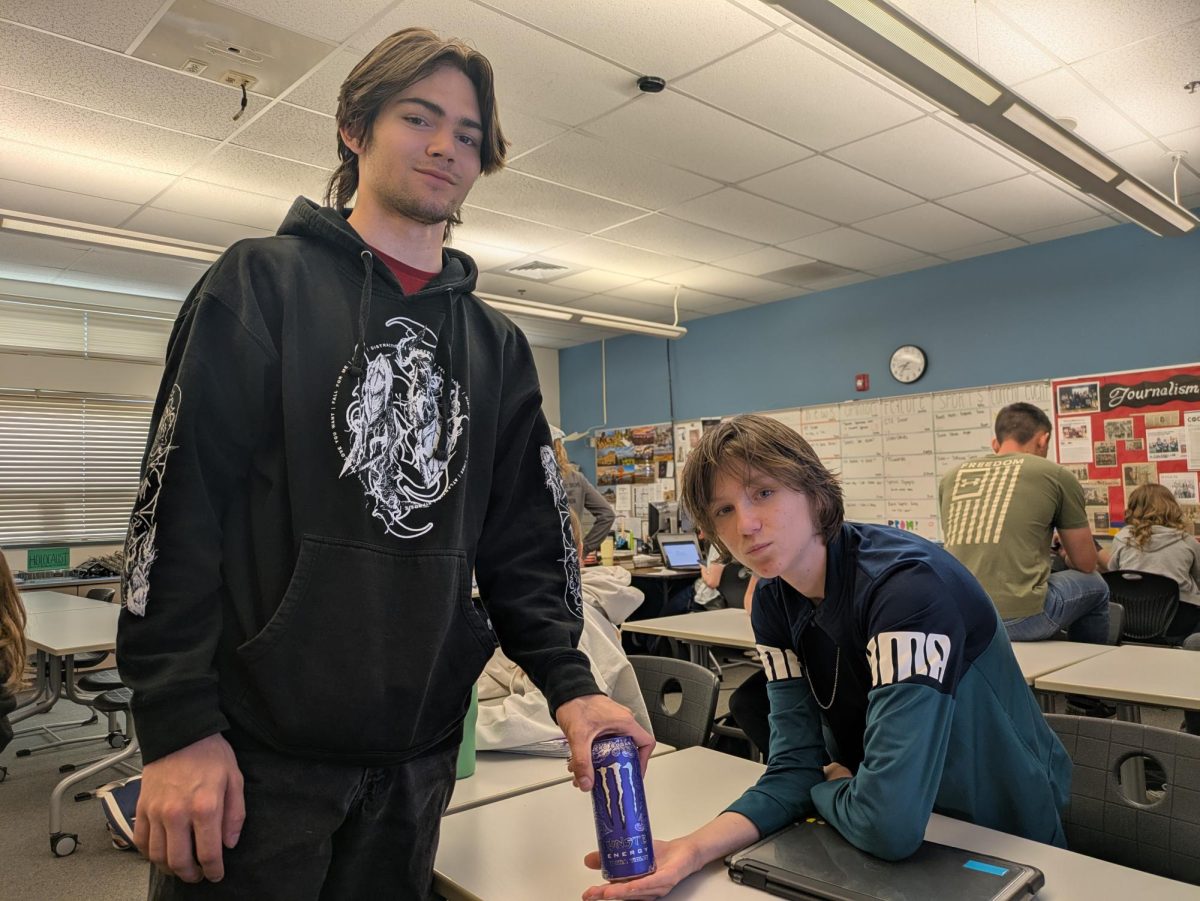Students at Powell High school have obtained a variety of tan lines throughout sports, activities, or simply being in the sun. The type of tan lines vary just as much as the student’s opinion on them. Some love to show off their tan marks while others choose to cover them up.
“I tend to hide my tan line,” sophomore Kyra Morrow said. “I tend to hide my tan line because it not only shows how tan I was before, but it also tends to result in a bombardment of questions.”
According to the owners of these tan lines, the most common way to obtain a noticeable mark is to consistently wear a similar item each day.
“I wear this watch everyday,” junior Kenna Jacobsen said. “I run outside every day except for Sunday, so I am in the sun a lot.”
There are ways to prevent these blemishes from appearing on your skin. Junior Isaac Stensing has found a few helpful ways to decrease the amount of tan lines that he will receive.
“Wearing lots of sunscreen prevents tanning,” Stensing said. “You can get tan lines by covering, and getting sun on other parts of the skin.”
If a tan mark is something you long for, there are several ways to get one. Morrow shares activities and tips on how to gain a trace from the sun. She also shares different ways to prevent undesired tan lines.
“To gain tan lines, just wear a watch or a wristband over the summer,” Morrow said. “Go hiking, running or swimming with a watch or bracelet on. If you wish to prevent tan lines, my only advice is to either avoid vitamin D or to tan in a swimsuit.”
Some owners hold conflicting feelings on how they personally feel about their tan lines. While others may choose to cover them up or show them off, some choose to do both.
“If I didn’t have my watch on I’m pretty sure everyone would notice it,” Jacobsen said. “I feel pretty proud of [my tan line]. I wear it with pride except for when I cover it up.”
Other students aren’t opinionated about tan lines they possess. Stensing shares that he isn’t concerned with his tan line being viewed by others.
“I feel pretty neutral about my tan line,” Stensing said. “I don’t really mind if people see it.”
Whether one is ashamed, or chooses to let others view their tan line; a tan mark shows the progress of your skin beginning to darken.
“My overall opinion on tan lines is that they show just how well you’ve tanned over the summer,” sophomore Kyra Morrow said. “They are a marker as to how far you’ve come.”





